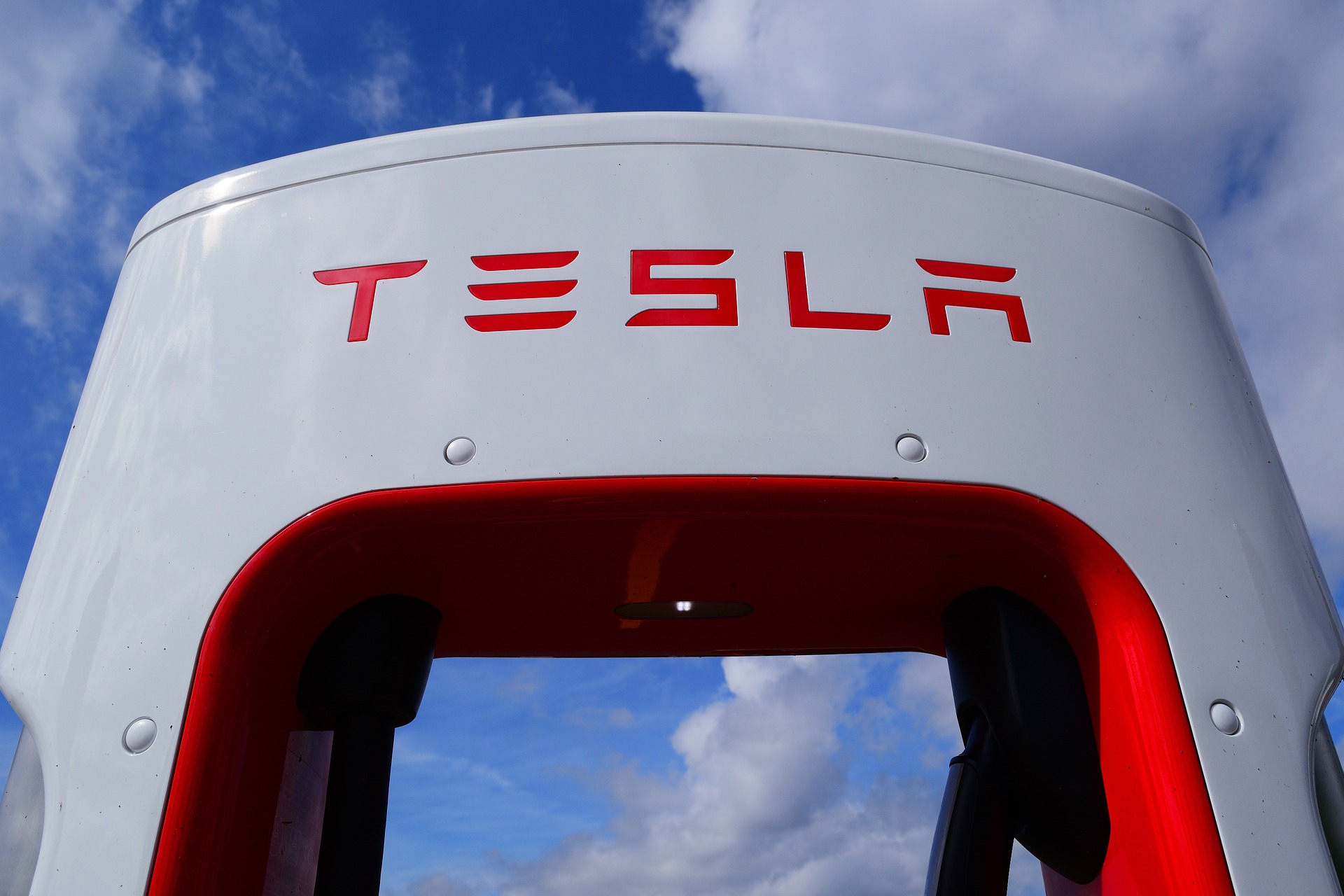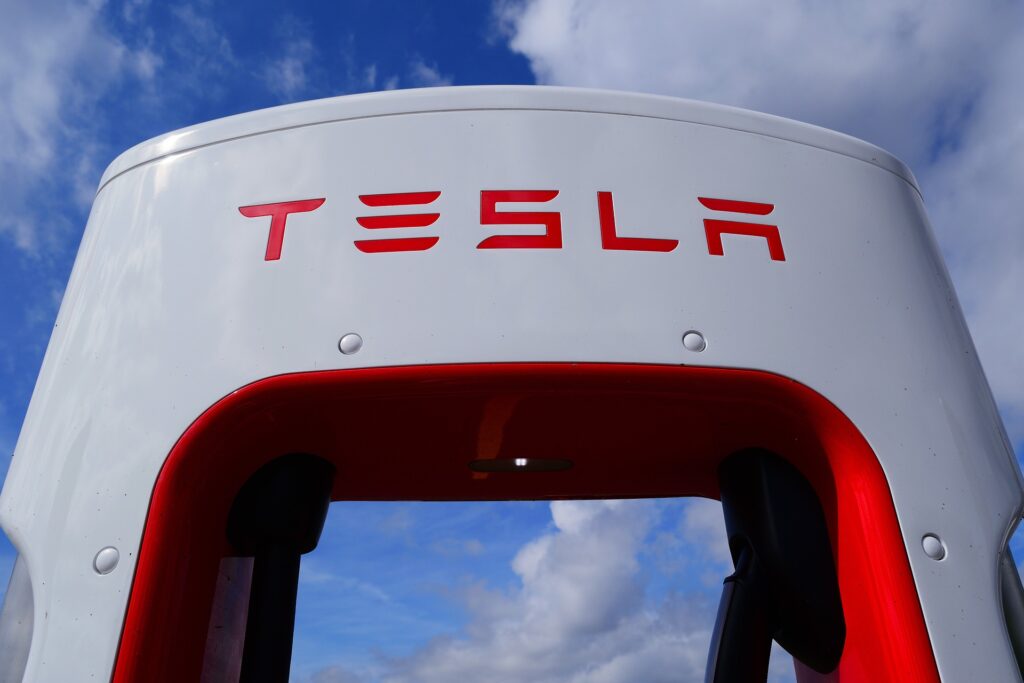In the most recent Fisher Phillips Wage and Hour Wednesdays, the Department of Labor (DOL) 80/20 tip ruling allowing employers to take a tip credit for “tip-producing work” was reviewed. Hosted by Fisher Phillips Ted Boehm and Susan Maupin Boone.

The Fair Labor Standards Act (FLSA) allows employers to pay certain employees a direct cash wage below the $7.25/hr federal minimum wage. Employers are allowed to take a tip credit of up to $5.12/hr to make up the difference. However, if the employee’s total wage plus tips does not equal the minimum wage, the employer must pay the difference. If tipped employees spend more than 20% of their working hours in a week performing “directly supporting work”, the tip credit is lost for the excess time and full minimum wage must be paid for that portion of work.
EmployStats Economic Consultant, Matt Rigling, has discovered in his work that differentiating tip-producing work and directly supporting work is important to applying the 80/20 rule. Tip-producing work can be defined as performing tasks such as taking orders, serving, and fulfilling customer needs during meal service and operating hours. Directly supporting work is identified as pre and post service work such as prepping, cleaning, and stocking inventory.
For more information visit Fisher Phillips.




